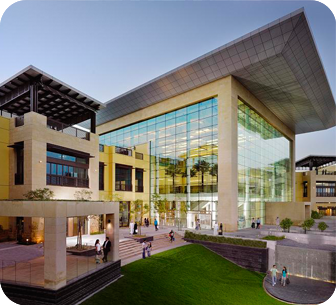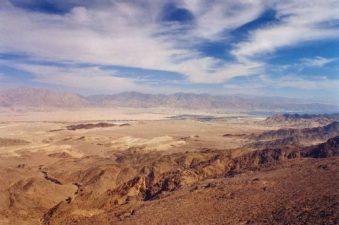 If Mirdif City Center Mall is “green,” the emperor must have been wearing clothes.
If Mirdif City Center Mall is “green,” the emperor must have been wearing clothes.
Given the choice between a LEED certified building and one without, we’d be nuts to take the first.
Issued by the United States Green Building Council (USGBC), LEED certification and its equivalent in the Middle East – such as the Qatar Green Building Council – inspires a lower carbon footprint.
But no one can convince us that a LEED-certified, 196, 000 square meter shopping mall full of unnecessary stuff is green. Greener, but definitely not green.
The Mirdif City Center was built with the intention of being “the most superior” mall in Dubai’s eastern corridor – the largest and most convenient mall with the best customer service and commercial interaction.
To this end, the Majid Al Futtaim (MAF) Shopping Malls LLC commissioned WSP Green Technologies Sustainability Consultants to assist with its silver LEED rating. In time, it hopes to achieve gold.
In so doing, the mall uses 30% less water and 20% less energy than a building of comparable size, and 50% of construction materials were diverted from the landfill.
Also, the materials used were regionally sourced and had a high recycled content. Customers have easy access to public transportation, and to reduce the heat island effect, both parking areas (that can accommodate 7,000 vehicles) are covered.
Kudos for that. Yet, this is the fifth mall developed in the UAE by MAF (and the 10th in the region) and Mirdif City Center alone boasts over 430 shops to choose from. The firm also has plans to build another 14 malls by 2015.
When they are done, MAF will be responsible for a total of 2.2 million square meters of malls. Each of these will be packed with stuff probably made in and shipped from China – at huge environmental and often social costs (like these jeans), not to mention the combined energy and water necessary to run these places.
The way we see it (or at least the way I see it), MAF has to build according to LEED standards, otherwise they would have a hard time explaining to angry Egyptians (MAP has malls there too) – who can barely afford food – why their energy and water costs are so high.
Better yet, there should be a cap on how many malls one firm should be allowed to build.
A green mall. Hmph.
More on Green Building in the Middle East:
AIA Names Saudi Kaust As Top Green Project
Jordan’s Princess Samaya Praises Kingdom’s First LEED Building
Qatar’s New LEED Convention Center Is Mini Masdar City



We have to Design a shopping mall in UAE for our Design project this year… Is sad =( (there are more than enough shopping malls here for the next 100 years!!) Although I know there is no way I can like the idea of designing a shopping mall, I am trying to find a way to accept it by green solutions. We can’t call it green, still I’ll feel a little bit better about it if we designed it upon green principles.